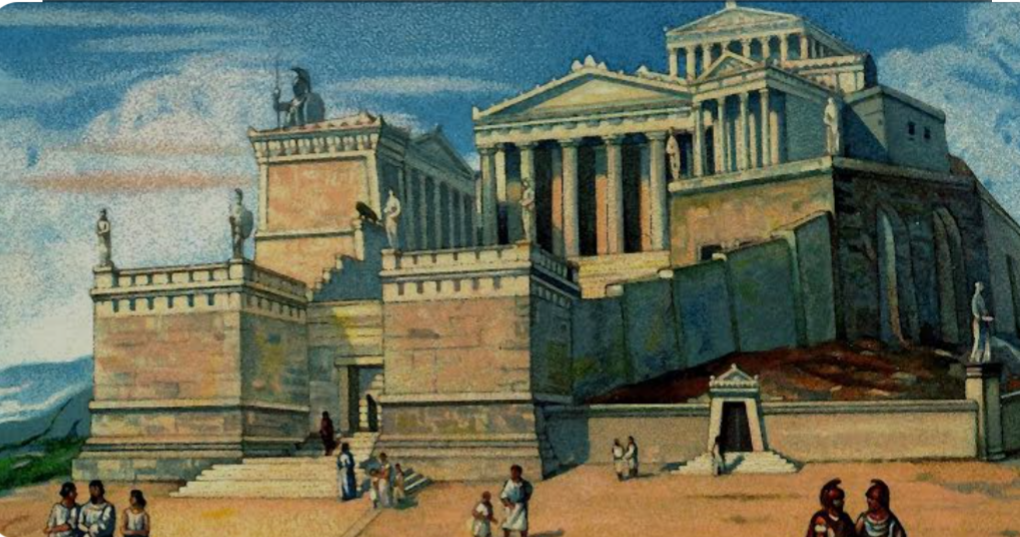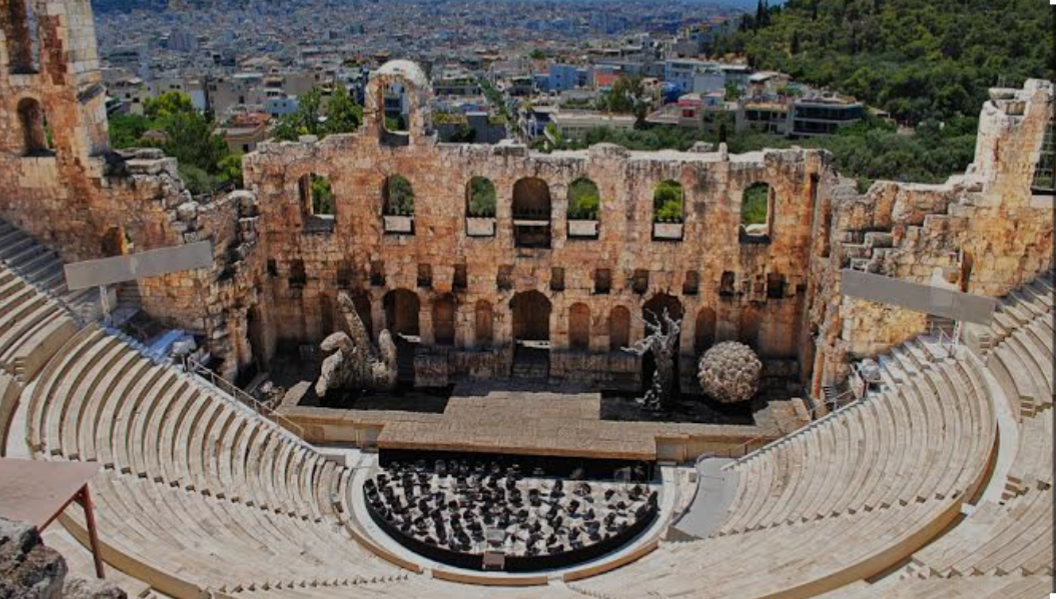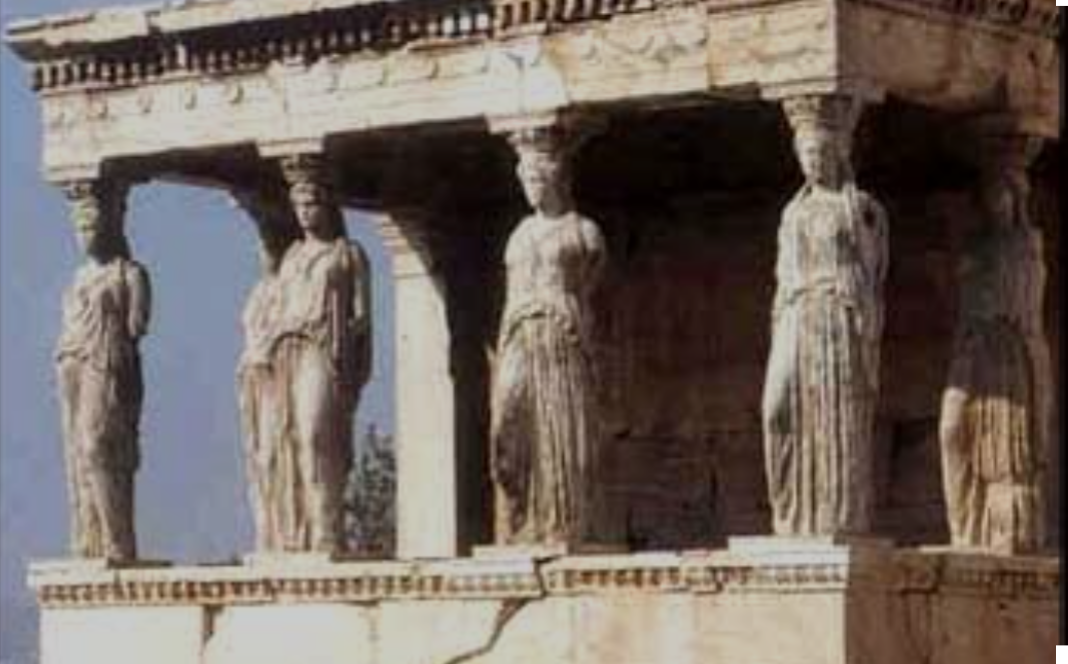ATHEN GREECE ANCIENT HOUSE AND IMAGES SYMBOL.

 .
.

Athenian houses were, generally, genuinely basic. Large numbers of them would have been connected to studios and stores, and worked around a yard in which the family's strict sanctuary would be set up. A regular house would have had a kitchen, an extra space, a creature shed, perhaps a washroom, and a parlor type space for men's social occasions. The higher up rooms (assuming they had them) would have housed ladies, kids and, in the event that they were sensibly affluent, slaves. Due to the interest for space there would have been just minor contrasts in size between an ordinary citizen's and a blue-blood's home, however a normal person's home may be home to more than one family as well as his creatures (counting chickens, goats, jackasses, pigs and cows).
The principal distinction between the places of plebeians and the places of blue-bloods is that the last option would be situated in the city's more affluent regions. Nonetheless, on the grounds that workmanship was viewed as a public and not a confidential movement, their homes tended not to be luxuriously improved. Rather noble abundance was communicated in clothing, gems, the quantity of slaves they possessed, and the richness of the evening gatherings they held.
Various pieces of the city would in general be involved by various dealers. For instance, potters lived in Ceramicus, close to the market, while leather treaters lived in Cydathen.